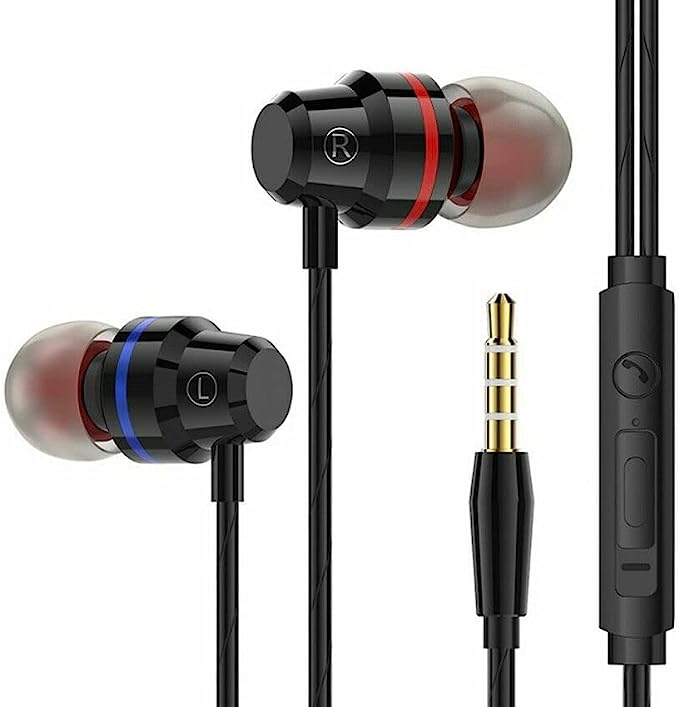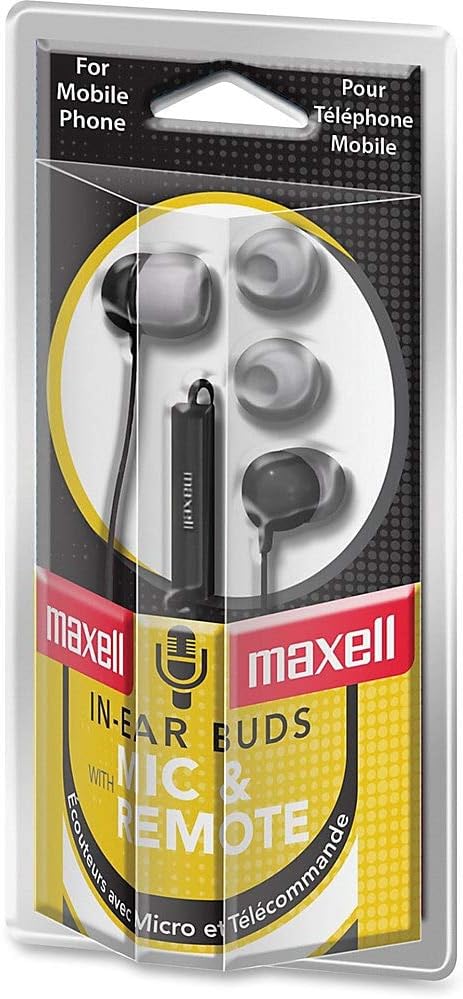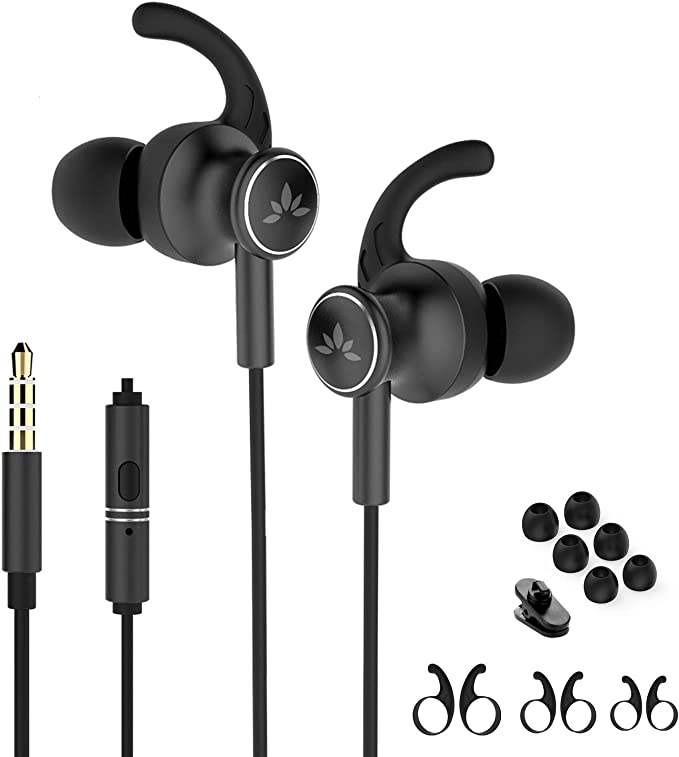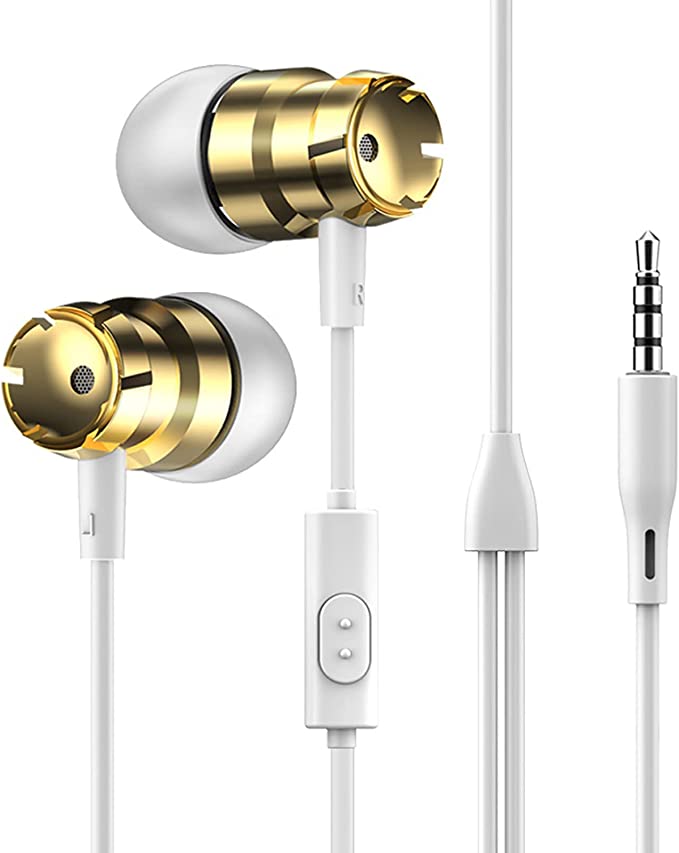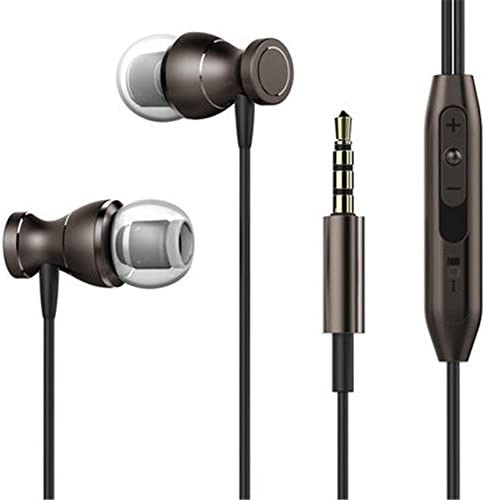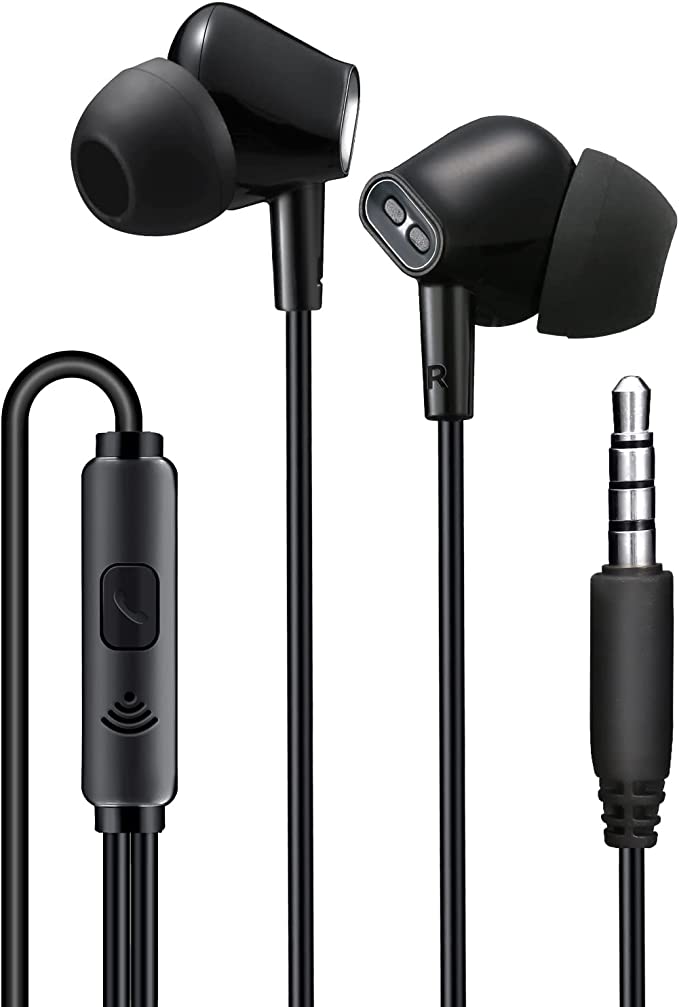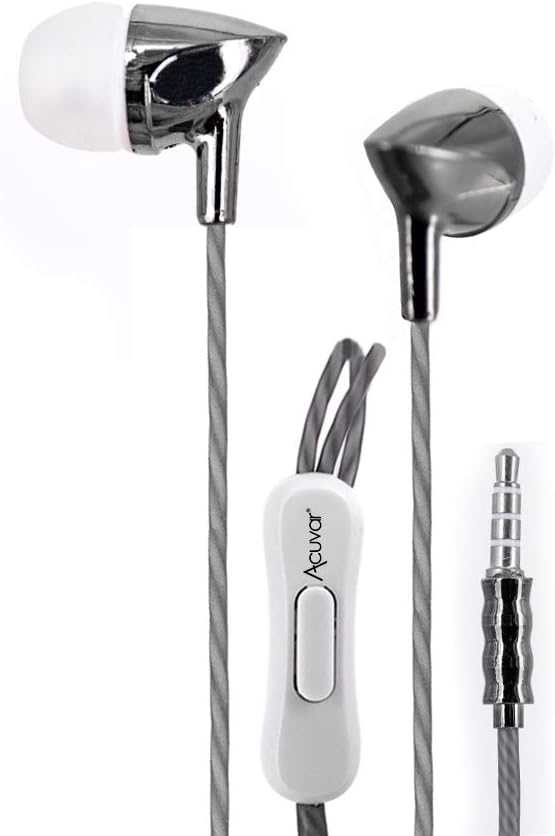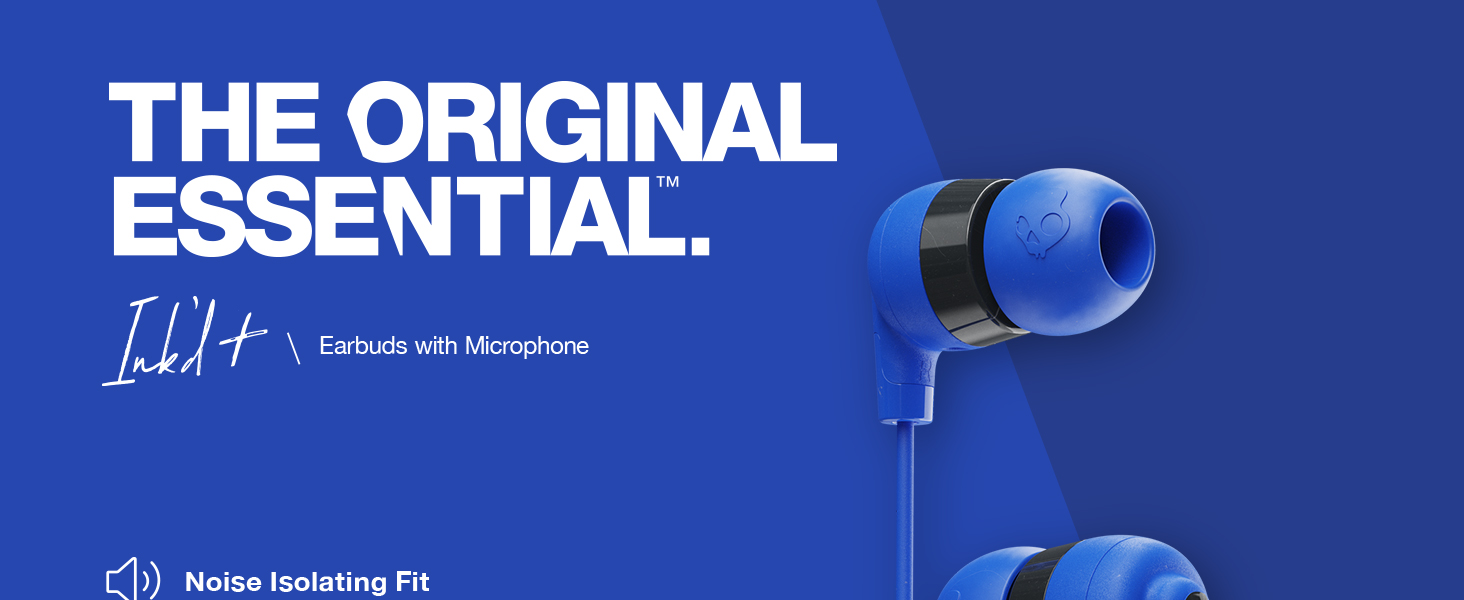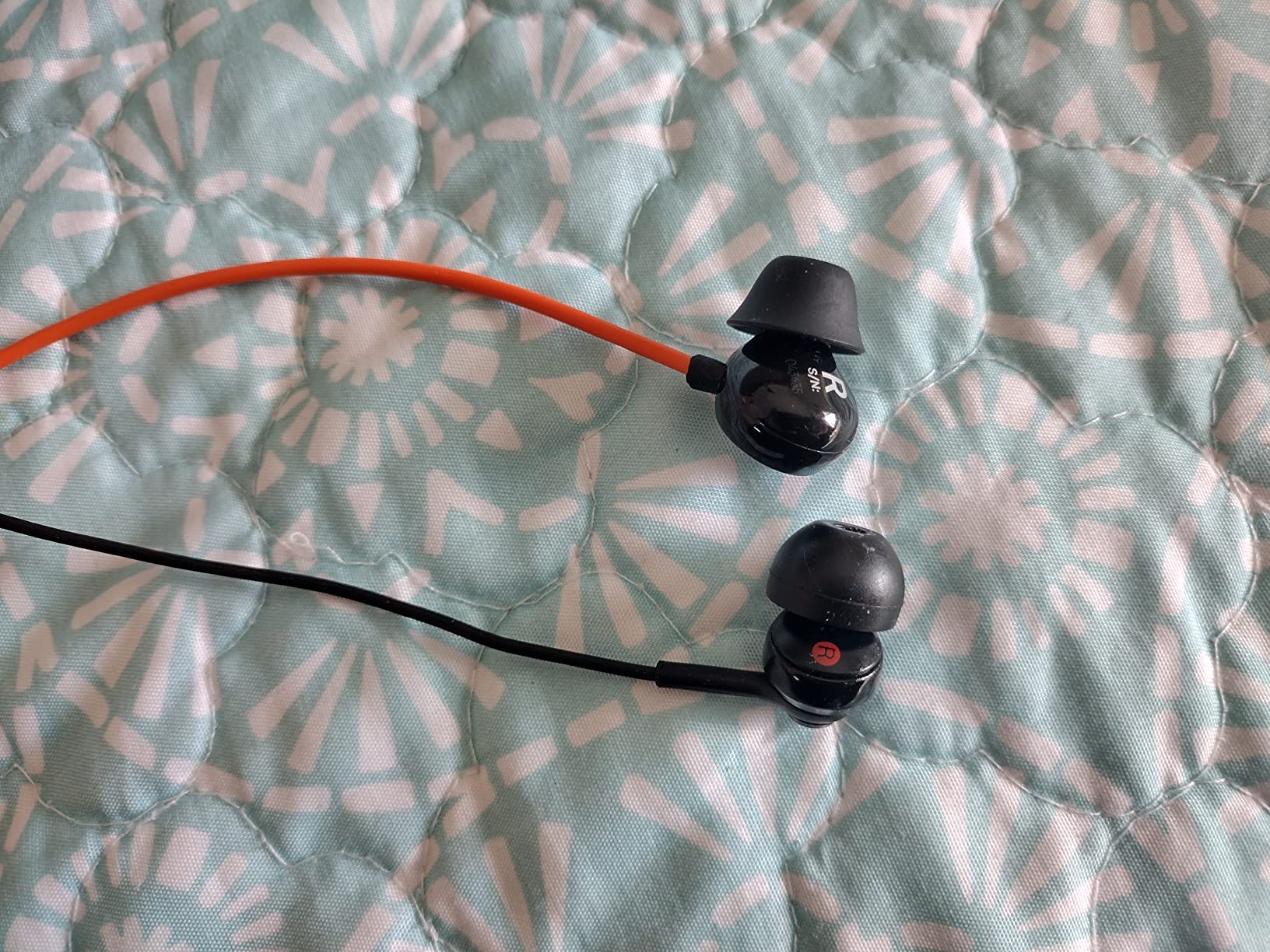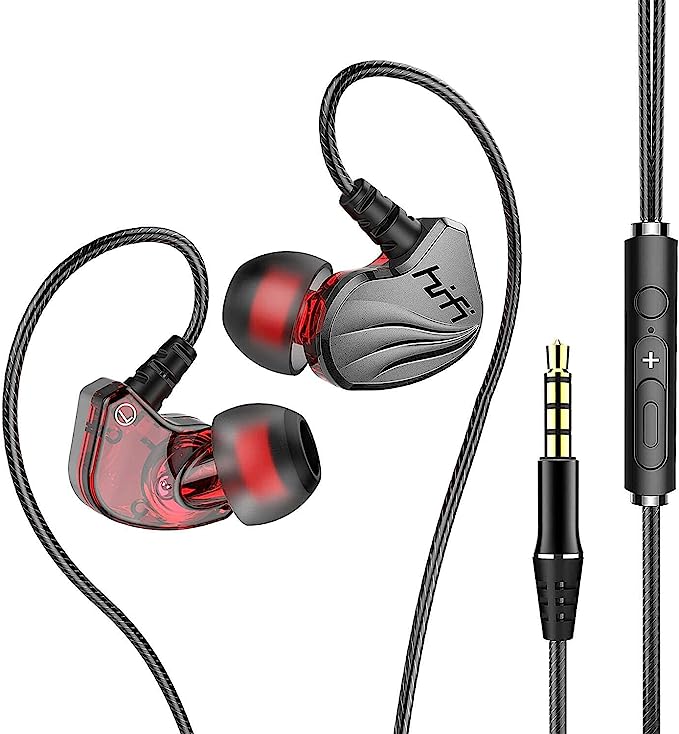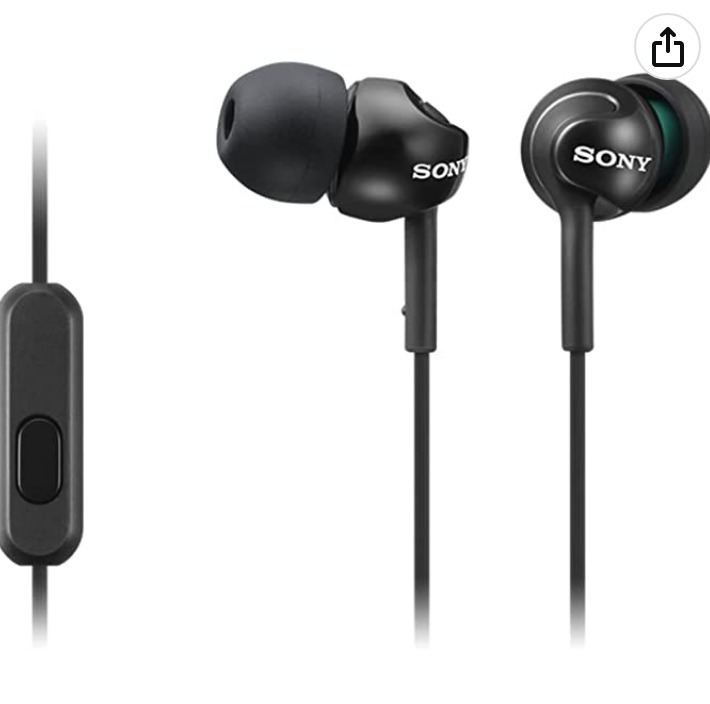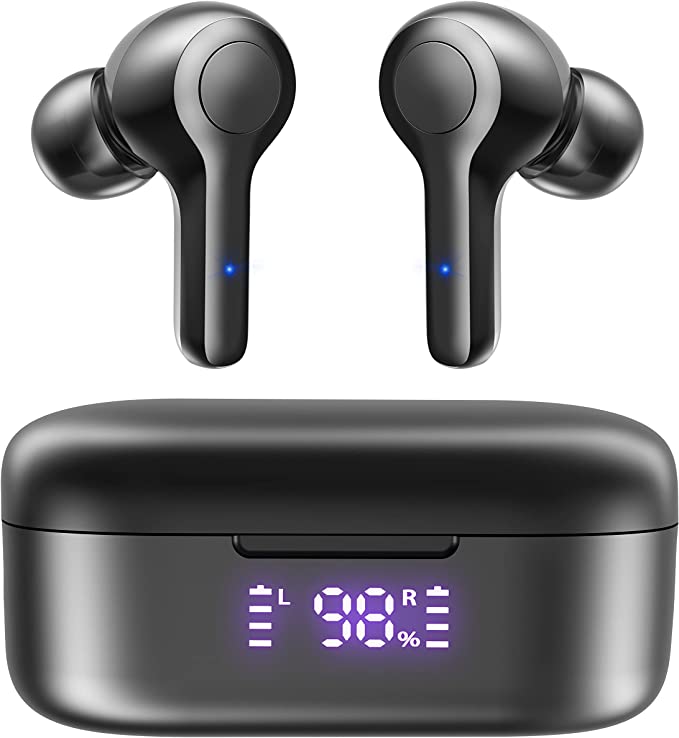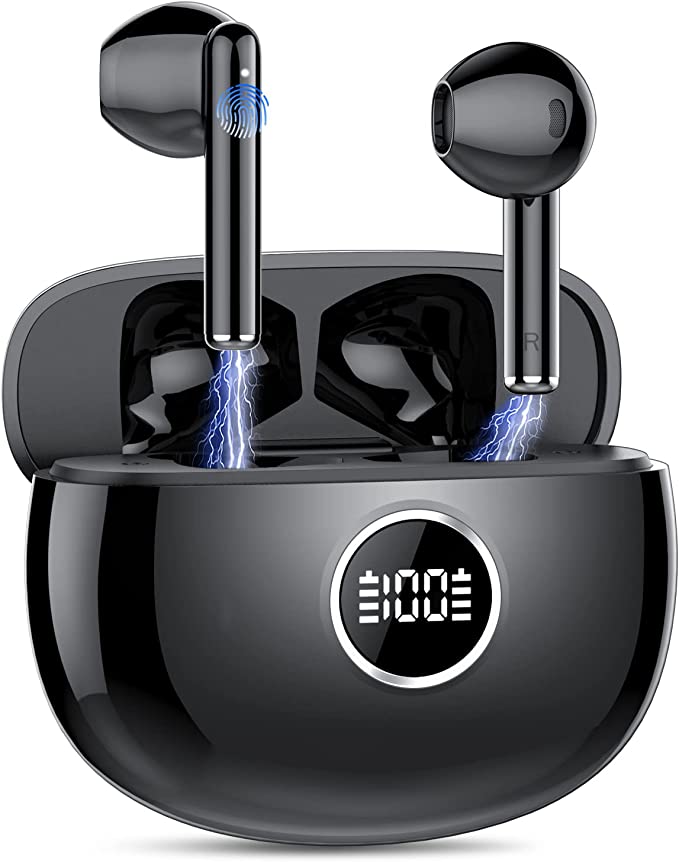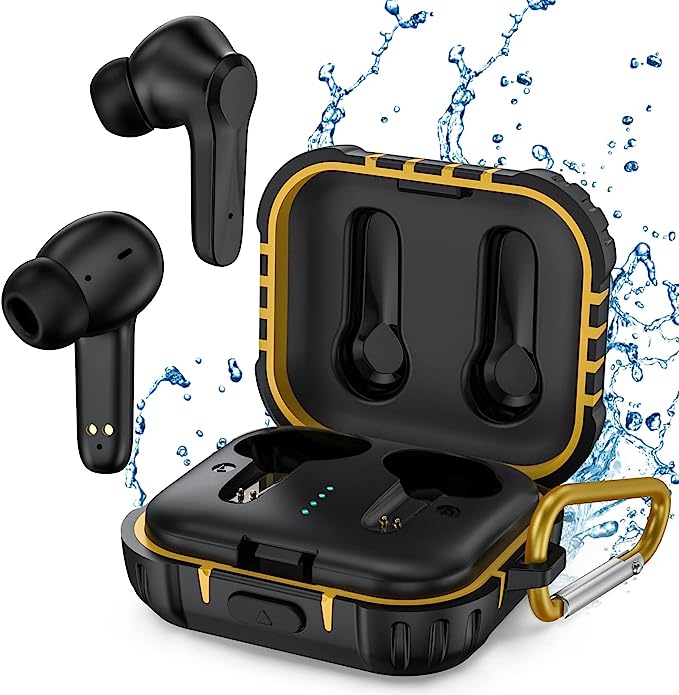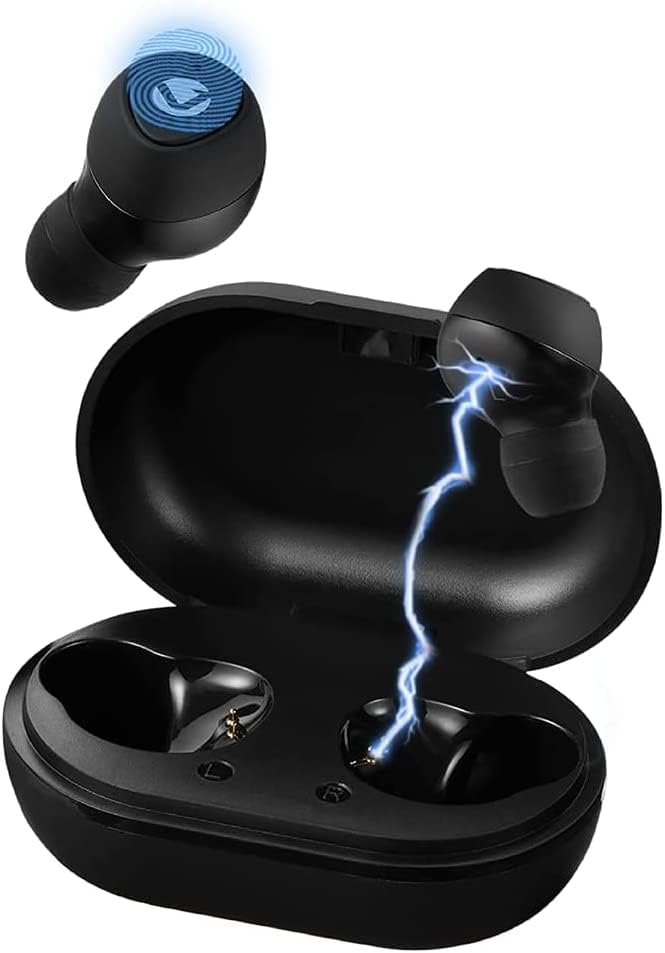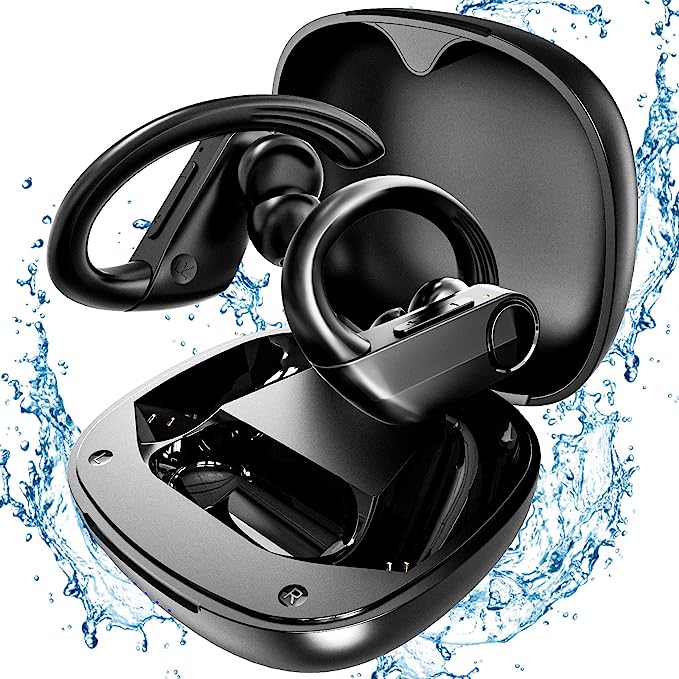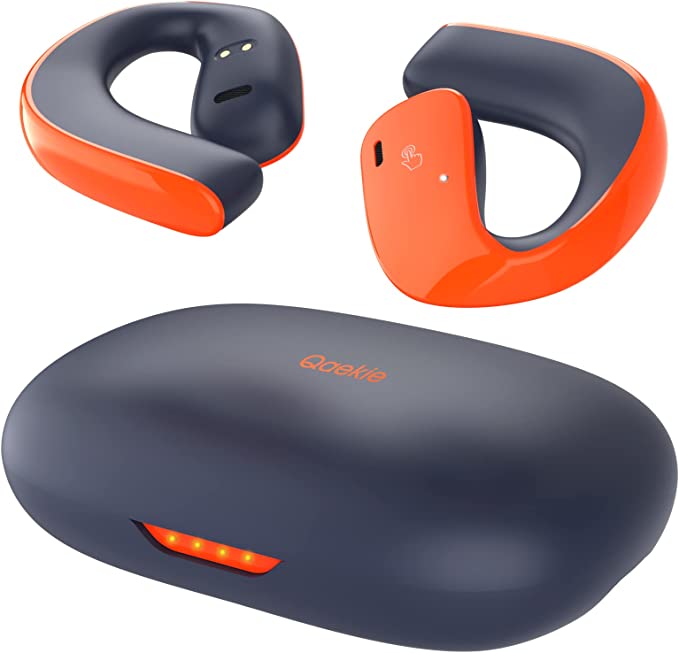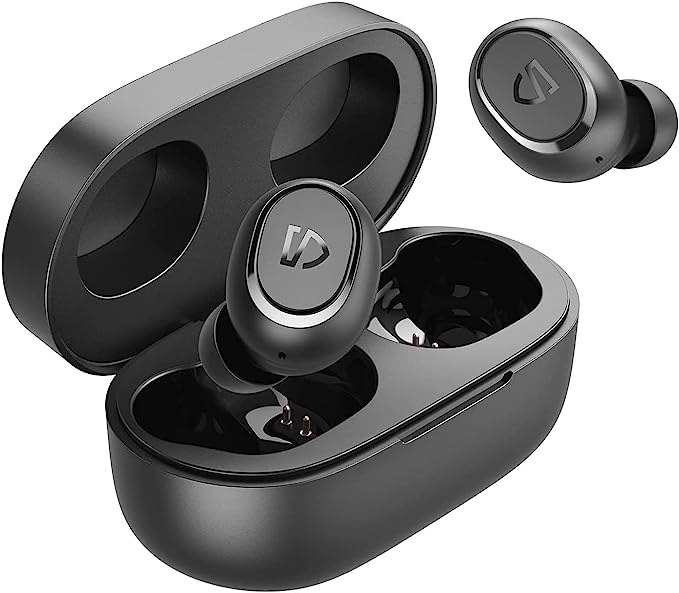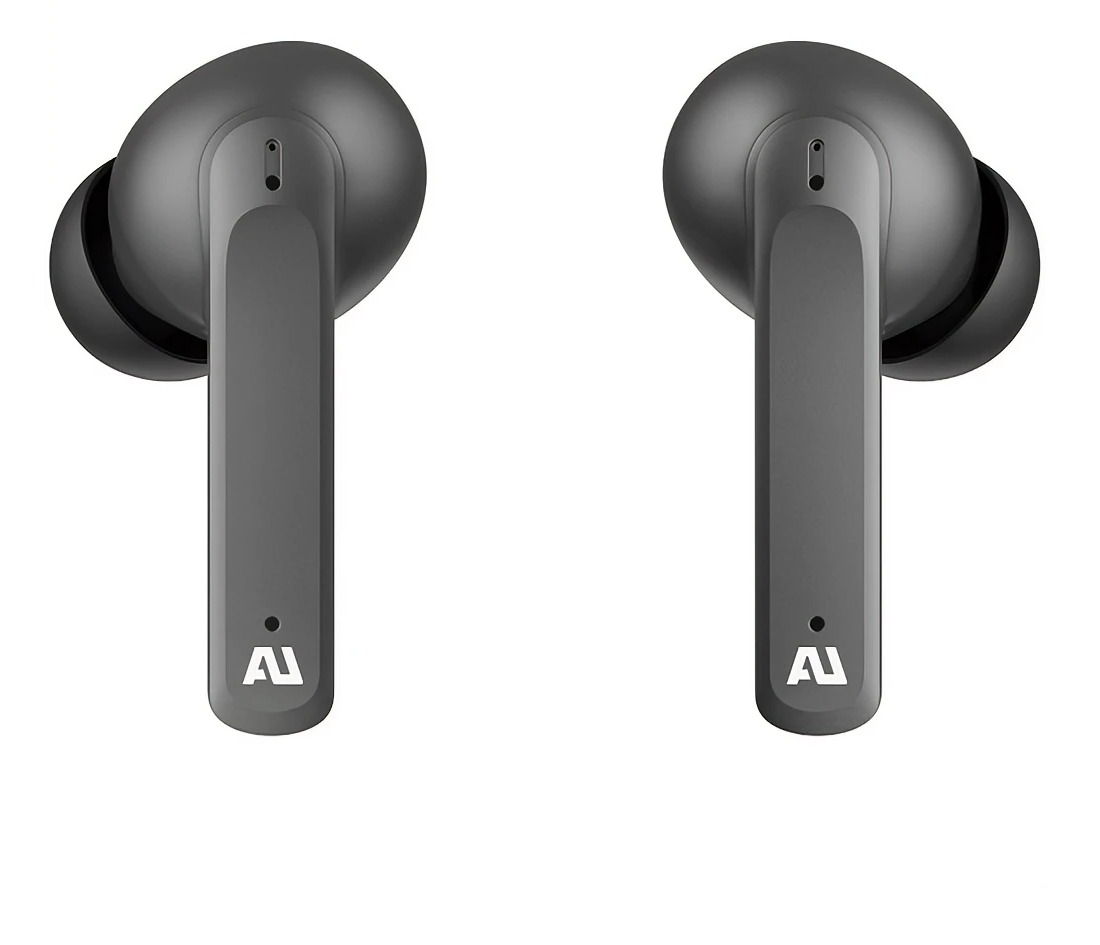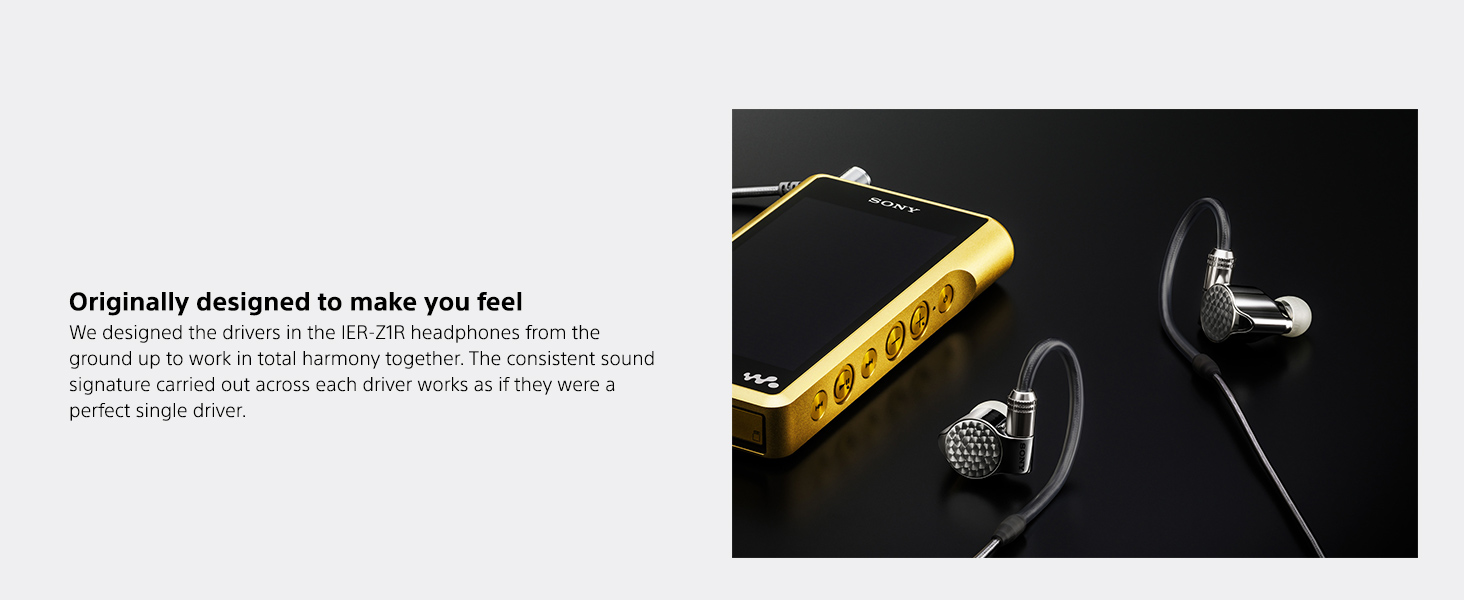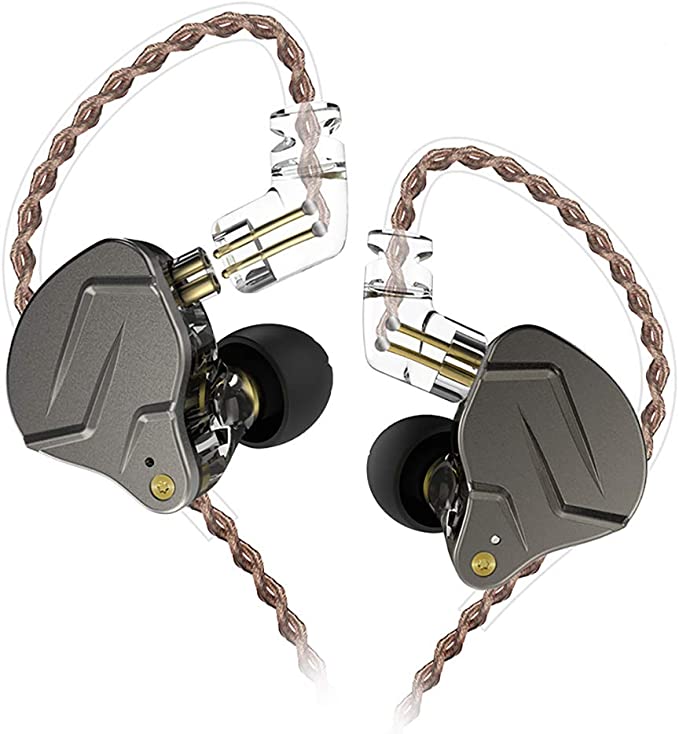vastland v7 Audifonos Earbuds: HiFi Sound Quality In-Ear Headphones
Update on July 1, 2025, 4:42 a.m.
The Vastland v7 Audifonos Earbuds represent a thoughtful approach to accessible personal audio. By leveraging established audio engineering principles—from the dynamic drivers responsible for sound reproduction to the ergonomic design elements that ensure comfortable wear—these earbuds aim to deliver a satisfying listening experience. The inclusion of convenient inline controls and the enduring compatibility of the 3.5mm jack further enhance their utility.
While the term “Hi-Fi” can encompass a vast spectrum of audio fidelity, the Vastland v7 appears to make intelligent design choices that prioritize core aspects like sound clarity, bass presence, and wearer comfort. For consumers seeking a functional and pleasant audio companion without a premium price tag, the Vastland v7 showcases how understanding fundamental audio technology can translate into tangible value.”,

The Science of Sound: Deconstructing “Hi-Fi” and the Dynamic Driver
Let’s begin by dissecting the promise of “Hi-Fi.” In the realm of audio, High Fidelity is not just a buzzword; it’s a technical aspiration, aiming to reproduce sound with the utmost accuracy, mirroring the original recording as closely as possible. Think of it as a faithful storyteller, relaying every nuance, every subtle inflection, without adding its own embellishments or omissions. For earbuds, achieving this fidelity relies heavily on the quality and design of their core acoustic components, chief among them being the dynamic driver.
At its heart, a dynamic driver is a miniature marvel of electro-acoustics. It operates on the fundamental principles of electromagnetism. Imagine a small, lightweight diaphragm – the part that actually moves to create sound – attached to a voice coil. This coil is essentially a length of wire wrapped around a former, which is then positioned within the field of a permanent magnet. When an electrical audio signal, carrying the music or spoken word, flows through the voice coil, it generates a fluctuating magnetic field. This variable magnetic field interacts with the stationary field of the permanent magnet, causing the coil and the diaphragm to rapidly oscillate. These oscillations are what push and pull the air, generating the sound waves we perceive.
The “metal alloy structure design” mentioned in the product’s description is more than just an aesthetic choice. Metals, particularly certain alloys, possess properties that can be advantageous in acoustic enclosures. One significant aspect is their ability to dampen resonance. Any vibrating object, including the housing of an earbud, can produce its own unwanted vibrations, or resonance, which can color the sound, leading to distortion or a less defined audio profile. A well-chosen metal alloy can help to absorb and dissipate these vibrations more effectively than some plastics, potentially leading to a cleaner, more focused sound, particularly in the midrange frequencies where clarity is crucial. This acoustic damping, combined with the precise engineering of the dynamic driver itself, is what allows these earbuds to deliver on the promise of clear sound and impactful bass, as suggested by user feedback. It’s a delicate balance; the material needs to be rigid enough to avoid flexing under its own weight, but also capable of absorbing unwanted vibrations.

The Art of Comfort: When Ergonomics Meets Acoustics
The physical experience of wearing earbuds is as critical as the sound they produce. Prolonged listening should be a pleasure, not a chore. This is where ergonomics and thoughtful design come into play. The ergonomic and oblique angled design of the Vastland v7 is not arbitrary. It’s a deliberate choice to align with the natural contours of the human ear. Our ears are not simple, symmetrical structures; they have intricate curves and folds. By angling the earbud stem at approximately 45 degrees, as is common in many well-designed in-ear monitors (IEMs), the earbuds can nestle more securely and comfortably within the ear canal. This precise fit is crucial for two main reasons:
Firstly, comfort. A well-fitting earbud distributes pressure more evenly, preventing a single point of discomfort that can become irritating over time. Think of it like finding the right shoe size; a perfect fit makes all the difference.
Secondly, passive noise isolation. A good seal between the earbud and the ear canal is the foundation for blocking out ambient noise. This is the “passive” part of noise isolation, achieved purely through physical blockage, unlike “active noise cancellation” which uses electronics. The slip-free silicone ear cap is the final, crucial component in creating this seal. Silicone’s inherent pliability allows it to adapt to the unique shape of each individual’s ear canal, creating an airtight barrier. The provision of multiple ear cap sizes is a thoughtful touch, acknowledging that ear canal shapes vary significantly. Choosing the correct size ensures not only optimal comfort but also maximizes the effectiveness of this passive noise isolation, which, in turn, enhances the perceived quality of the bass response by preventing sound from escaping.

Seamless Interaction: The Power of Inline Controls and a Clear Microphone
In our increasingly mobile lives, the ability to manage our audio and communication effortlessly is a significant convenience. The inline control module, typically located on the cable between the earbuds, serves as a miniature command center. This simple yet effective interface allows for direct interaction with your connected device. When you press a button on the inline control, it sends a specific electrical signal through the wire to your smartphone or music player. These signals are pre-programmed by the device’s operating system to perform actions like playing or pausing music, skipping to the next or previous track, and answering or ending phone calls.
The built-in microphone is another integral part of this communication system. Positioned strategically on the cable, it captures your voice by converting sound pressure waves into electrical signals. These signals are then processed by your device to be transmitted to the person on the other end of the call. The clarity of your voice transmission depends on several factors, including the microphone’s sensitivity, its ability to focus on your voice while potentially filtering out some background noise, and its position relative to your mouth. While the product description doesn’t detail specific microphone technology like directional patterns or advanced noise reduction algorithms, its presence undoubtedly adds significant utility for hands-free communication.
The Enduring Legacy of the 3.5mm Jack: A Universal Connector
Despite the trend towards wireless audio and proprietary connectors, the humble 3.5mm stereo headphone jack remains a stalwart in the world of audio connectivity. This analog standard, which first gained widespread adoption in the mid-20th century with portable music players, has become the universal language for audio output. Its enduring presence signifies a commitment to broad compatibility. Devices equipped with this 3.5mm jack can reliably connect to a vast array of audio sources, including the majority of smartphones (though this is changing), tablets, laptops, desktop computers, and even in-car audio systems.
The simplicity and robustness of the 3.5mm connection have contributed to its longevity. It provides a direct, analog pathway for audio signals, which, in theory, can be less prone to digital processing artifacts or latency issues compared to some wireless solutions. While newer devices are increasingly omitting this port in favor of digital USB-C audio or Bluetooth, the vast installed base of devices still featuring the 3.5mm jack ensures its continued relevance, making it a reliable choice for widespread usability.

The Fabric of Sound: Materials and Their Subtle Influence
Beyond the drivers and housing, the materials used in the cable itself play a role. The use of High Grade Oxygen-free Copper (OFC) for the internal wiring is a nod to audiophile principles. Copper is an excellent conductor of electricity, and in the context of audio, minimizing impurities is key. Oxygen, even in trace amounts, can introduce resistance and potentially degrade the electrical audio signal as it travels from the source to the earbuds. By using oxygen-free copper, manufacturers aim to reduce this signal loss, theoretically leading to a purer, more detailed, and less distorted audio signal reaching the drivers. While the perceivable difference may be subtle and dependent on the entire audio chain, it’s a principle rooted in solid electrical engineering.

The practical aspect of the tangle-free cord design also deserves mention. This feature often involves a specific surface coating or a unique cable geometry that reduces the tendency for the wires to twist and knot. This not only enhances user convenience by saving time and frustration but can also contribute to the longevity of the cable by reducing stress points that might otherwise form from frequent tangling and untangling.

A Symphony of Value: Understanding Cost-Performance
The Vastland v7 Audifonos Earbuds stand as an example of how fundamental engineering principles can be applied to create accessible yet capable audio products. They demonstrate that a “Hi-Fi” experience, or at least a well-balanced and clear audio presentation, is achievable without an exorbitant price tag. By focusing on core acoustic technology like dynamic drivers, incorporating ergonomic principles for comfort and passive noise isolation, and ensuring broad compatibility through the 3.5mm jack, these earbuds offer a compelling cost-performance ratio. They exemplify how thoughtful design and a solid understanding of audio science can converge to create products that resonate with a wide audience seeking quality without compromise.
